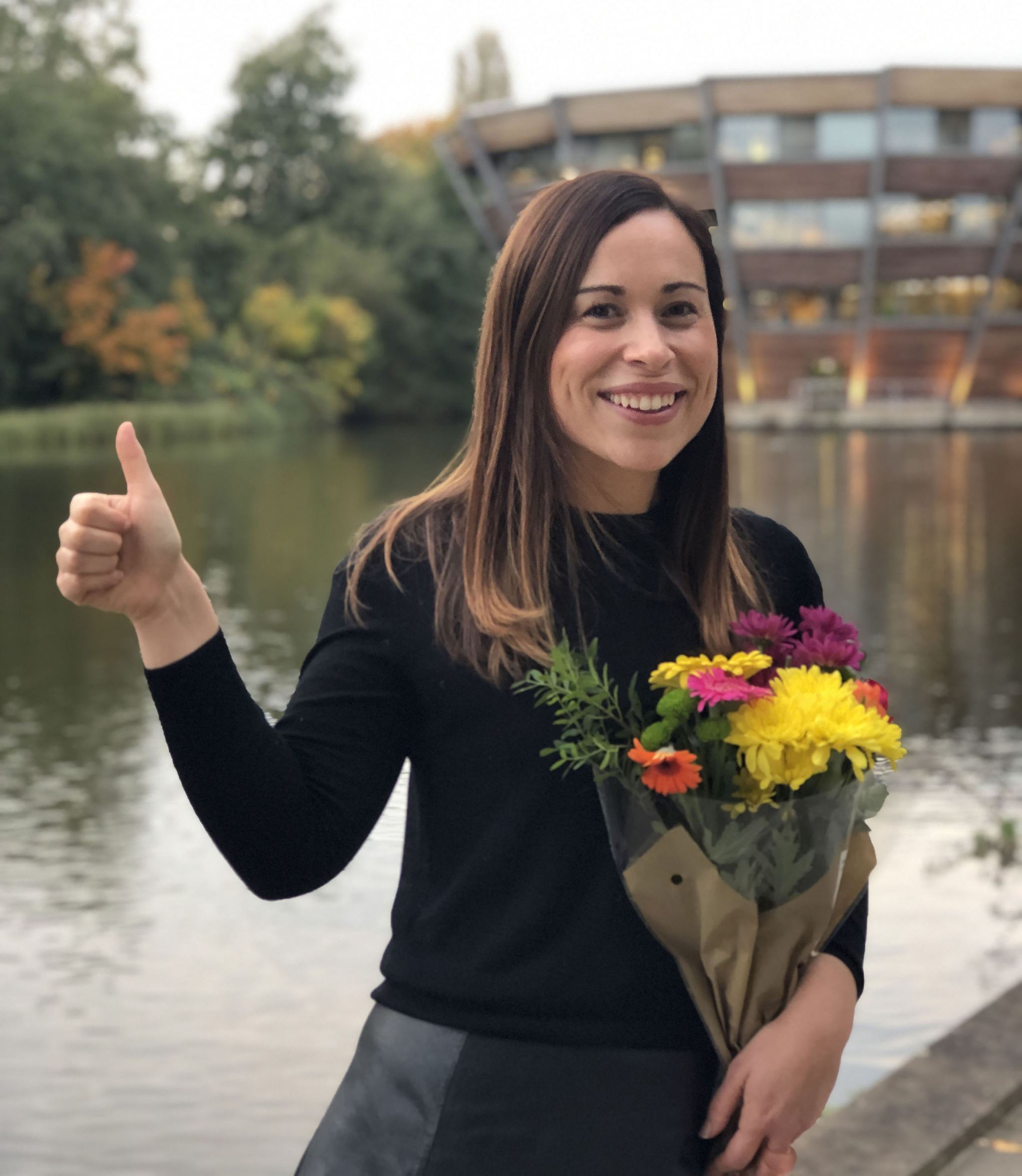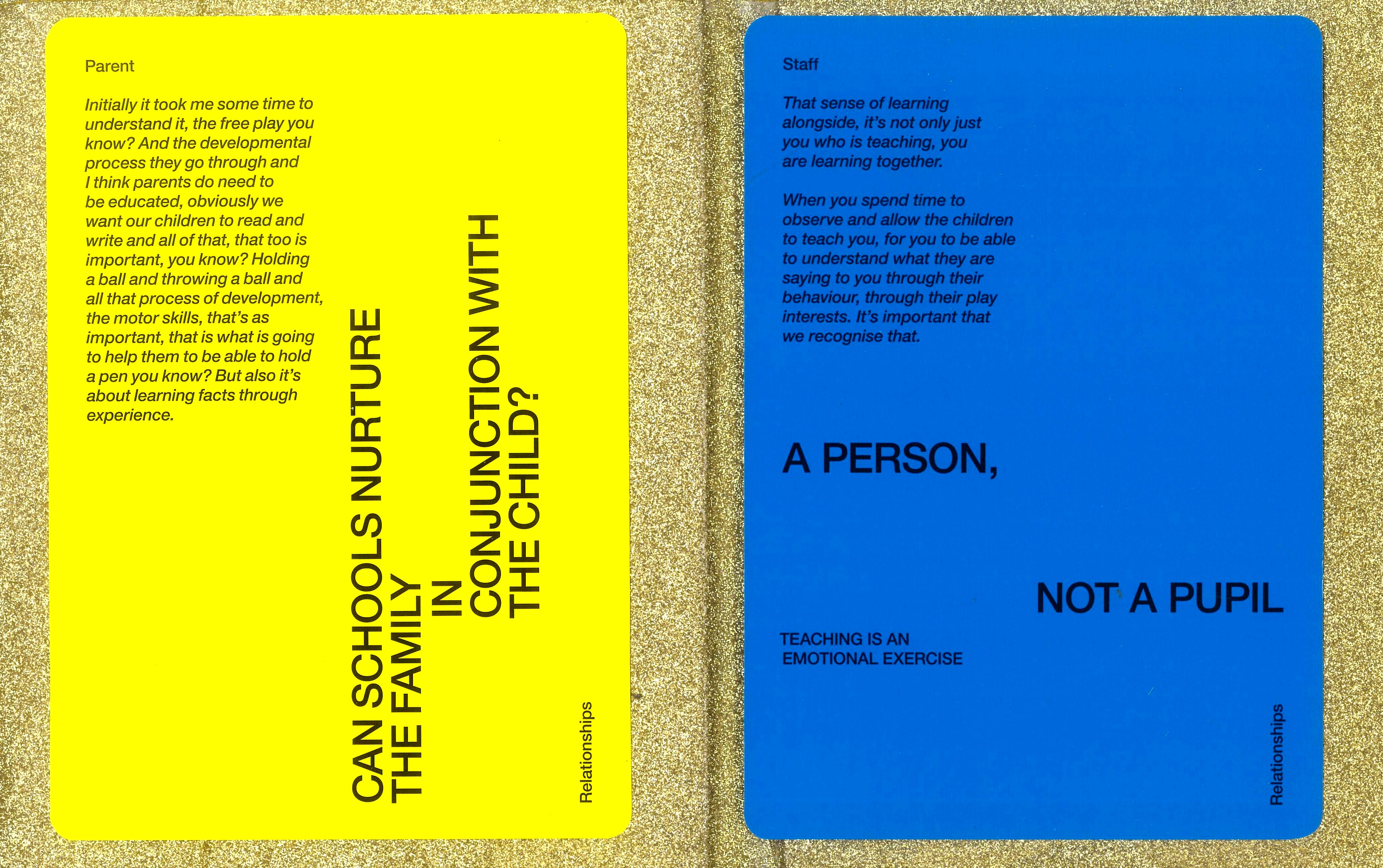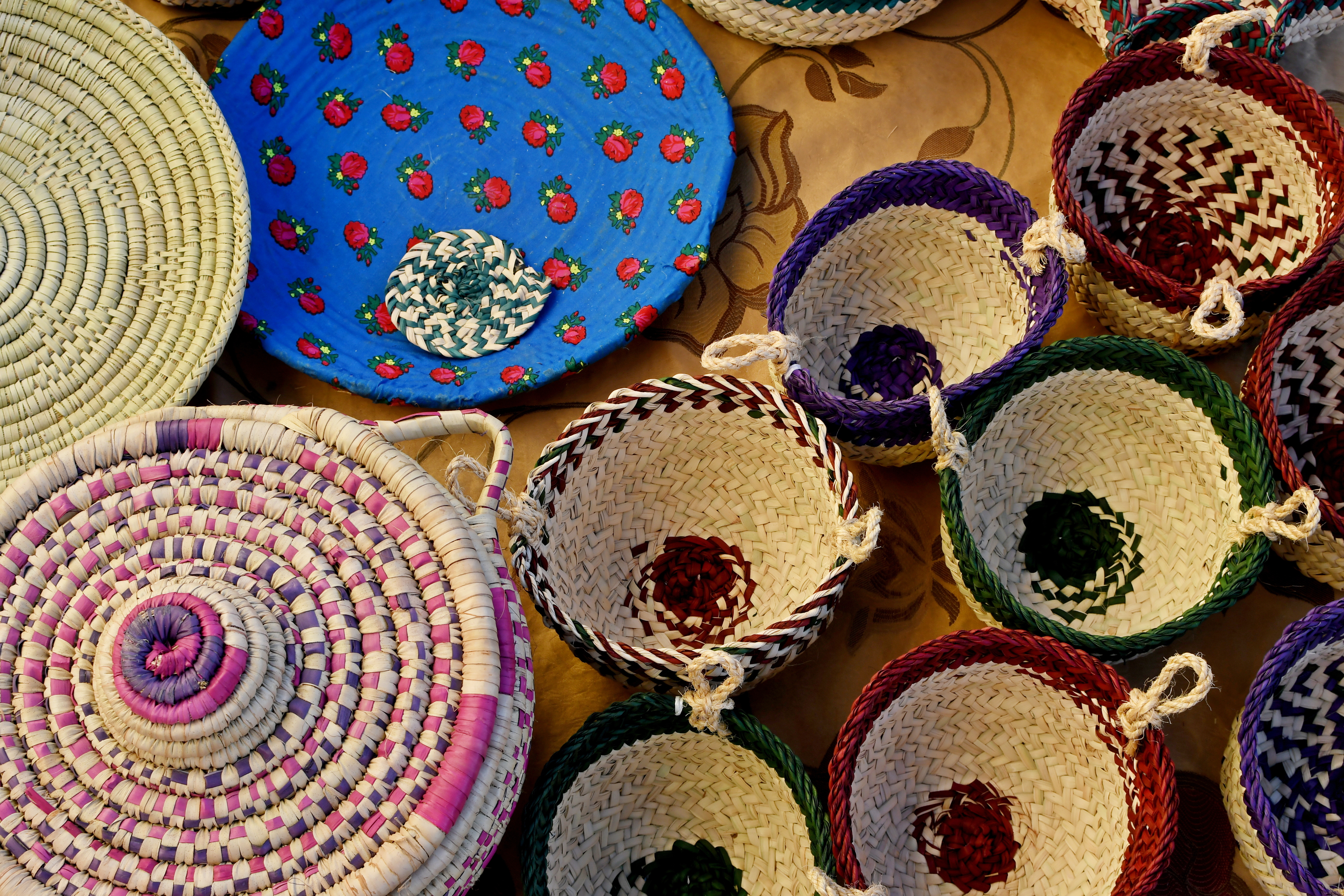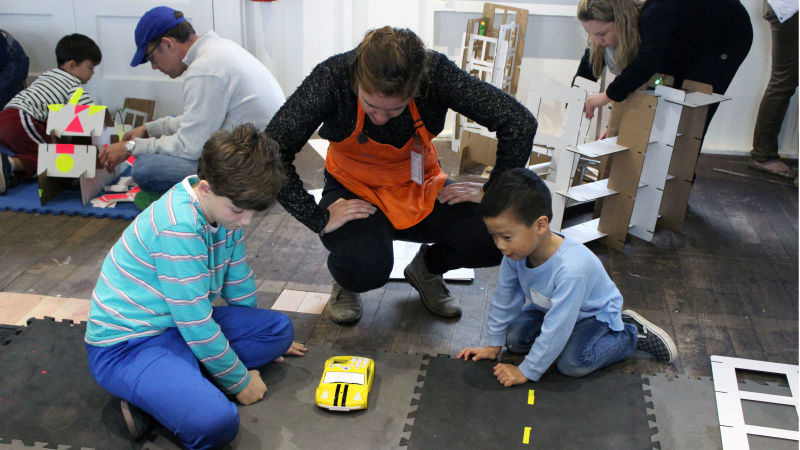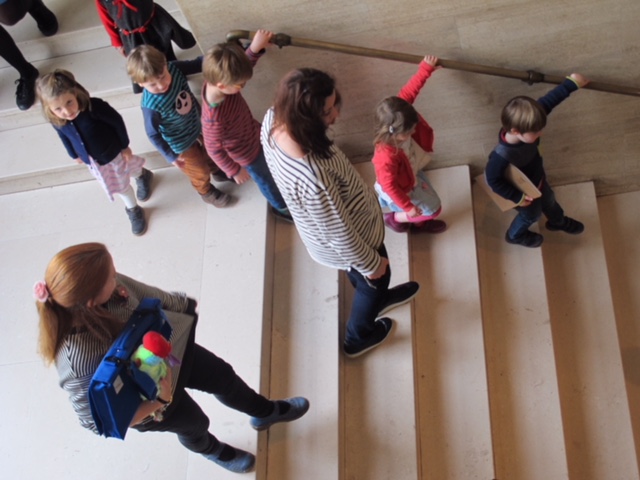Two weeks ago I finished my PhD! I have spent the past 4 four years doing my PhD full-time. Day after day. Week after week. Slogging it out on a quest to create new knowledge that advances society. This experience has been exhausting, exciting, intellectually arduous and of course, deeply fulfilling. I mark the completion of the PhD as the moment I passed the viva, which is a final oral examination you do in the United Kingdom at the end of the program. The viva basically involves two academics, who are specialists in your field, reading your thesis and grilling you on it. My viva was tough. It went for two hours. I was asked very difficult questions that I somehow waded my way through. But I made it! And at the end was told I did not need to make any further corrections to the thesis, which is rare…
Serpentine Galleries’ Play as Radical Practice toolkit
This post looks at Serpentine Galleries’ ‘Play as Radical Practice’ toolkit, a creative resource produced between the Gallery’s learning team, artist Albert Potrony and the Portman Early Childhood Centre (UK).
Sharon Shaffer discusses children’s learning with museum objects
Young children have become an increasingly important audience for museums around the world. While many cultural institutions offer something for children, approaches and practices towards this audience vary dramatically across the sector. In this post, early childhood and museum education specialist Sharon Shaffer shares her top tips for connecting young children with museum objects. Sharon was Director of the Smithsonian Early Enrichment Centre (SEEC) for 24 years. The SEEC is a lab school in Washington D.C. with a museum-based curriculum. Children attending the Centre visit and learn in the various Smithsonian museums every day. The post begins with Sharon telling us a little bit about her background in museums and education. The two of us then discuss topics such as the importance of scaffolding in children’s learning, how learning can be evaluated in museums and the need for flexibility in the design of early year’s education activities. Sharon’s background in…
Early Years Fab Lab at The Bay Area Discovery Museum, California
“People need ‘tools’ that empower them to work independently, they need these tools and technology to make the most of the energy and imagination each has… society needs to project individual skills and voices, people need to move, to think and have the means to communicate with one another. People cannot make everything for themselves, they need to collaborate and share in a community for it to function.’ Ivan Illich, Tools for Conviviality (1973). This post features an interview with Elizabeth Rood, Vice President of Education Strategy and Director of the Centre for Childhood Creativity at the Bay Area Discovery Museum in Sausalito, California in which she discusses the timeliness, importance and challenges of developing the world’s first early years Fab Lab. “We want to shift the way that people think about learning so it is not only based on transmission and close-ended answers. Instead we want to create a rich environment that promotes…
2015 Engage Conference: Young people working with art and artists
Late last year I attended and presented at the 2015 ‘Engage’ conference in Glasgow, Scotland. The conference theme was focused on young people’s programs and partnerships with art galleries. You can read my reflections from the conference on the Centre for Research in Arts, Creativity and Literacies blog here.
The University of Cambridge Museums’ (UK) nursery-in-residence project
This post looks at the University of Cambridge Museums’ (UK) nursery in residence project which was run in October 2017 as part of a partnership between a Cambridge City Nursery, the Fitzwilliam Museum and Cambridge University Botanic Garden. As part of the project, children from the nursery spent five consecutive mornings ‘in residence’ at the museums. This post features an interview with Nicky Wallis, Museum Educator at the Fitzwilliam Museum, who shares some of the key ideas and results from the project. Louisa Penfold: Can you tell us a little bit about how the partnership come about between the Fitzwilliam Museum, the Cambridge University Botanic Garden and the Cambridge City Nursery? Nicky Wallis: Educators at the Fitzwilliam Museum have worked with groups from ACE Nursery in the past, and also with the Learning Team at the Botanic Garden on a number of projects, including Early Years activities. These had generally been one-off…


